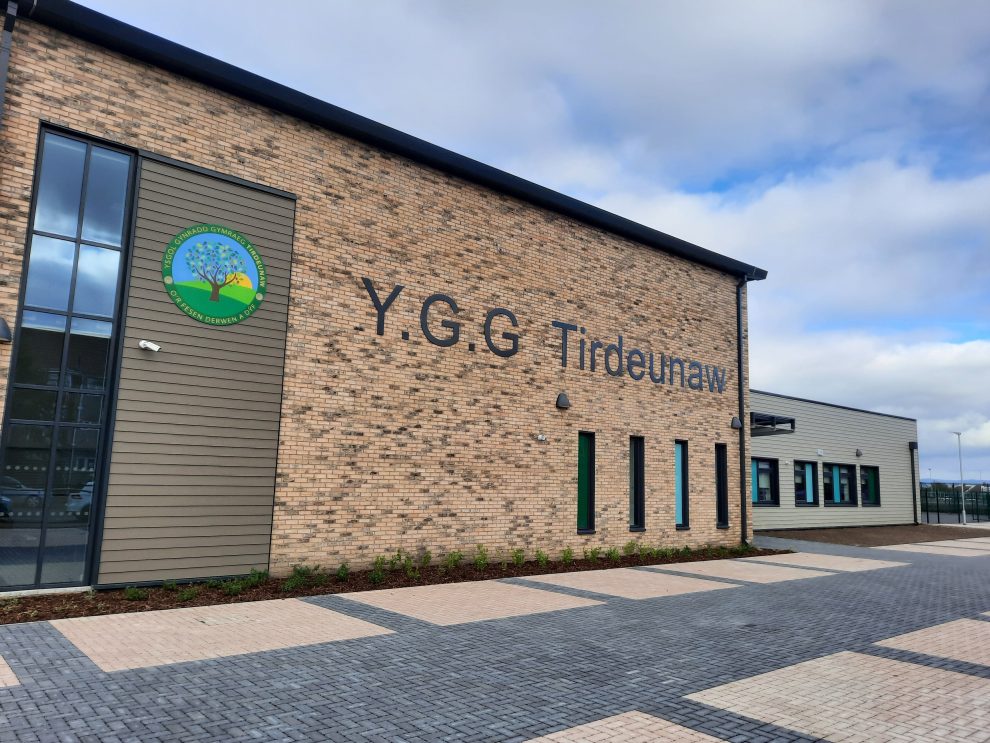AROUND two-thirds of school buildings in Swansea are as good as new or only showing signs of minor deterioration, according to the latest data.
The condition of school buildings is rated A, B, C, or D, and 19 of Swansea’s 95 schools are in the top A category, while 43 have a B rating.
There are nine with a C rating, 17 with a C+ and seven with a C-. The plus or minus denotes whether minor or more comprehensive work is required.
No school has a D rating, which would mean they were inoperable or had a serious risk of major failure. The council said the school maintenance backlog was falling and currently stood at £40 million. There is also a rolling nine-year programme of new school builds worth £176 million, with most of the funding coming from the Welsh Government and the remainder from the council.
“The council continues to prioritise essential maintenance and upgrades and is investing record sums in our school buildings,” said a spokesman for the authority.
One element of the work carried out is to improve ventilation, with studies showing that this leads to improved pupil concentration levels and alertness.
Rather like houses which are for sale, schools are also graded on their energy efficiency. The ratings – A, most efficient, to G, least efficient – are based on the amount of energy consumed over the previous 12 months.
Swansea currently has no schools rated A for energy efficiency. There are four with a B rating, 29 with a C, 35 with a D, 22 with an E, three with an F, and two – Ysgol Bryn Tawe, Penlan, and St Joseph’s Roman Catholic Primary School, Clydach – with the lowest G rating. Two of the county’s newest schools – YGG Tan-y-lan, Clase, and YGG Tirdeunaw, Penlan – only achieved a C rating.
Better energy efficiency benefits schools financially and also helps the council in its wider drive to reduce carbon emissions.
The council said there was some overlap in the work to improve the condition of a school building and its energy efficiency. The authority has received £7.8 million from the Welsh Government this financial year for building upgrades, most of which will be spent on schools – things like replacing roofs, windows, boilers, wiring and lights. Measures to improve energy efficiency includes beefing up insulation and installing bespoke equipment. Solar panels are also on a number of school roofs.
Schools, though, do have maintenance responsibilities themselves. These are in a document which sets out what schools need to do and what the council is responsible for. A small number of schools are voluntary-aided, which means that a group, often a religious organisation, contributes to building costs.
Recent examples of new-build schools in Swansea include YGG Tan-y-lan, YGG Tirdeunaw, while there has also been major investment in Bishopston Comprehensive School and an extension added to Ysgol Gyfun Gwyr, Gowerton.
Forthcoming projects include partial new-builds at Gowerton Comprehensive School and YGG Bryn Tawe, Penlan, while a new special school with 350 places is expected to open in Morriston in 2028.
A council spokesman said: “This year 24 schools will see work to replace or repair roofs, improve toilet facilities, electrical upgrades and other improvements.
“The maintenance backlog has been reduced in recent years and we are working to lower this further.”
He added: “There is a wide range of training and resources available for schools to support them in reducing their energy use.”




















